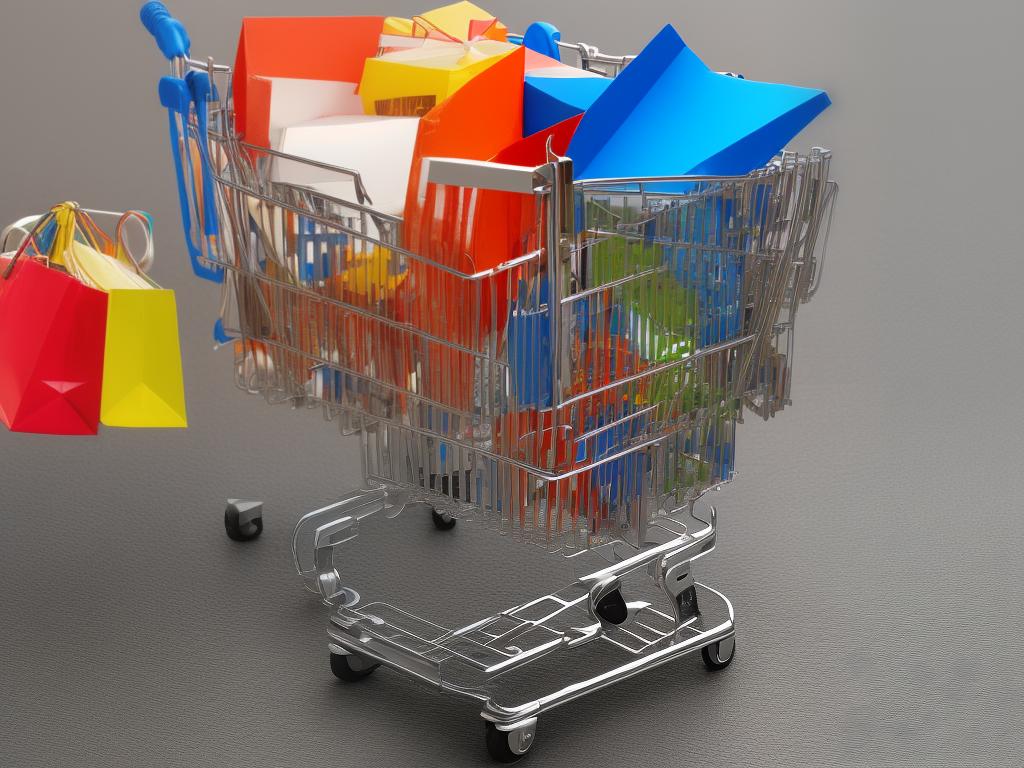As the digital age progresses relentlessly, our lives are increasingly intertwined with the convenience and versatility offered by the online ecosystem. This transformation is well-reflected through the emergence and subsequent evolution of online shopping platforms, or as they’re more commonly known, online stores.
In essence, online stores serve as the digital counterparts to physical shops, offering a diverse range of goods and services to consumers across the globe. They emerge in various forms, from standalone e-commerce websites to expansive online marketplaces.
Some take the form of buy now pay later catalogs online allowing consumers to make purchases and pay later.
This prevalence has been driven by the modern consumer’s preference for convenience, versatility, and the ability to comparison shop from the comfort of home.
Understanding Online Stores
Understanding Online Stores: Modern Marketplace
At its simplest, an online store is a website where consumers can browse and purchase products or services. These e-commerce platforms generally operate through a digital shopping cart model, where consumers pick items they’re interested in, add them to a virtual cart, and complete the purchase through an online checkout process. This transaction typically incorporates the use of electronic payment methods, like credit or debit cards, PayPal, or other digital payment services.
Different types of online stores have emerged with the advance of technology. E-commerce websites are usually owned by a single business selling their specific products or services, basically an online version of a traditional brick and mortar store.
Meanwhile, online marketplaces such as Amazon, eBay, and Etsy act as a digital intermediary, facilitating transactions between third-party sellers and buyers. These platforms encompass a broad variety of products from multiple suppliers, making it a sort of virtual mall.
Online shopping has become an indispensable part of contemporary life, mainly because it is flexible, easy to use, and highly convenient. With online stores, purchasing can be done comfortably from anywhere as long as there’s an internet connection.
These online platforms are open anytime, day or night, which allows customers to shop at their most convenient time. Moreover, online shopping offers a broader array of products compared to physical stores and more attractive deals and discounts.
Additionally, the convenience of comparing product descriptions and reading customer reviews enhances the shopping experience further, making e-commerce more than just a trend.

Advantages and Disadvantages of Online Stores
Why Online Stores are Beneficial
Online store setup benefits both the vendors and the customers in numerous ways. From the vendor’s perspective, the cost of establishing and maintaining an e-commerce site is generally lower than that of a physical storefront—no need to worry about rent, utility bills, and expenditure on on-site staff, among other overheads. Meanwhile, for customers, convenience is the ultimate benefit.
Through online shopping, customers can place their orders 24/7 from any location. This perk becomes more significant for those residing in rural areas or sites with scanty retail stores.
Aside from that, because they are not limited physical space, these stores can host a larger variety of products, creating a higher competitive atmosphere – often leading to lower prices, which is to the consumer’s advantage.
Disadvantages of Online Stores
On the flip side, online retail does feature some drawbacks. For sellers, the initial technical setup of starting an online store can be challenging, especially for those unfamiliar with digital technologies. The space is also highly competitive, and it can be difficult for new entries to stand out among the plethora of online stores.
For buyers, security is a key concern. While many retailers have stringent cybersecurity measures in place, data breaches are not unheard of, and the potential for fraud is a risk that shoppers must be aware of.
Additionally, consumers do not have the opportunity to physically evaluate a product before purchasing online. Though many sites offer detailed visuals and descriptions, these cannot fully replicate the experience of interacting with a product in-person, which might result in occasional dissatisfaction with purchased items.

Indeed, online stores have a profound influence on the economy and our shopping habits. They have convincingly managed to deliver certain advantages of online shopping such as cost savings, improved accessibility, and a more diversified range of products, which are much appreciated by both sellers and consumers.
But the coin has a second side, and with technology comes its share of drawbacks like security concerns, potential for fraudulent transactions, and the inability to physically examine products before purchase. Therefore, while embracing the convenience of online stores, it’s important for us to stay informed and alert. By striking a balance, we can enjoy the benefits they offer without falling prey to their disadvantages.



